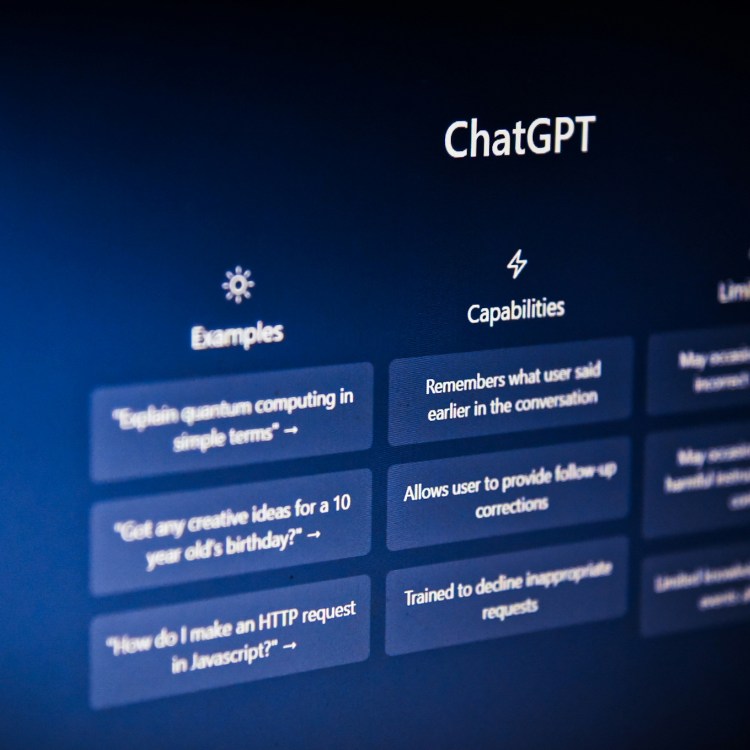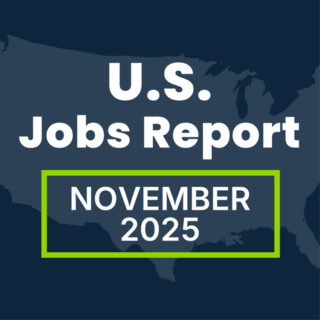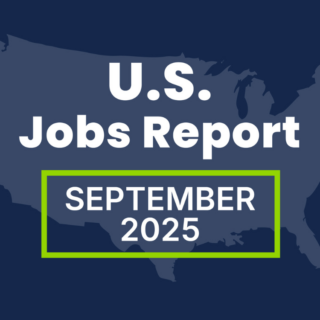While employers debate whether generative AI will eventually transform graduate recruitment, the transformation has already happened. The question isn’t whether Gen AI is coming to early careers hiring—it’s whether your organisation is ready to respond to the reality that it’s already here.
Our latest research, Gen Z Meets Gen AI, conducted in partnership with the University of Bristol Careers Service, reveals a stark truth: 69% of early career job seekers are actively using generative AI in their job search and applications. That’s nearly four times higher than the 18% adoption rate we found among the general UK population in our previous study with YouGov.
The AI-enabled graduate isn’t a future scenario. They’re submitting applications right now.
Beyond the Hype: What the Data Really Shows
The recruitment media has been awash with speculation about Gen AI usage, but reliable data has been scarce. As technology advances rapidly and adoption patterns evolve, yesterday’s insights become obsolete quickly. This makes it challenging for organisations to accurately assess the risks Gen AI poses to their recruitment processes and determine appropriate responses.
We conducted our research with university students looking for internships or jobs to provide a clearer picture of current behaviours, attitudes, and experiences. And while the high adoption rate among Gen Z might seem unsurprising—this is, after all, a demographic often assumed to be at the cutting edge of technology—the nuances reveal a more complex and concerning landscape.
Where Gen AI Is Really Being Used
Of those early career job seekers who use Gen AI, the concentration is heavily weighted toward the front end of your recruitment process, with 84% using it for CVs and applications and 78% using it for pre-application research. The tools are being leveraged to tailor materials, improve language, match skills to job descriptions, and present what candidates describe as their “best self.”
The motivations are pragmatic: expediting processes, maintaining competitiveness in a challenging job market, and boosting confidence in their applications. For many, Gen AI has become not just an option but a perceived necessity to stay competitive with peers who are also using these tools.
The Silent Minority: Those Who Choose Not to Use AI
Perhaps the most striking finding isn’t about those who use Gen AI—it’s about the significant 31% who consciously abstain. This isn’t a group that simply hasn’t discovered the technology or doesn’t understand it. They’re making an active choice not to use it, and their reasons should concern every talent acquisition leader:
- 85% of non-users cite a belief that using Gen AI constitutes cheating
- 75% fear they’ll be penalised if discovered
- 65% simply feel they don’t need it
These candidates—potentially your most ethically-minded applicants—may be putting themselves at a competitive disadvantage or self-selecting out of processes where they believe Gen AI use is against the rules, even when it isn’t.
The question for employers becomes uncomfortable: are you inadvertently losing strong candidates who are making ethical decisions based on unclear or non-existent guidance?
The Communication Crisis
This brings us to perhaps the most actionable finding from our research: the profound communication gap between employers and candidates about Gen AI usage.
Over a third (36%) of job seekers received no guidance whatsoever about Gen AI usage from any of the employers they engaged with during their job search. This means a large portion of candidates are navigating this new landscape completely in the dark, forced to make their own judgments about what’s acceptable and what isn’t.
Where guidance does exist, it varies dramatically—from explicit prohibitions to advice on responsible use to active encouragement. This inconsistency creates confusion and inequity in the application process. Candidates applying to multiple organisations must navigate different, often contradictory rules, while many operate under assumptions that may not align with employer expectations.
The communication gap extends in both directions. Nearly 70% of Gen AI users don’t disclose their usage to employers. Whether this non-disclosure stems from the absence of clear guidance, fear of penalisation, or simply because disclosure wasn’t requested, the result is the same: employers are making hiring decisions without full visibility into how applications were created.
What This Means for Your Recruitment Strategy
The evidence is clear: treating Gen AI as a future consideration is no longer viable. The technology is embedded in your early career applicant pool right now, concentrated in the initial stages—CVs, applications, and pre-screening—where many organisations make their first sift decisions.
Without clear communication, you may be:
- Losing ethically-minded candidates who assume AI use is prohibited
- Creating unfair advantages for candidates who use Gen AI while penalising those who don’t
- Making hiring decisions based on AI-enhanced applications without knowing it
- Undermining the validity of your early-stage screening processes
But these risks are manageable with proactive, transparent strategies. Organisations that establish clear policies, communicate them consistently, and adapt their assessment approaches accordingly will maintain both the integrity and effectiveness of their recruitment processes.
Moving Forward with Confidence
The challenge for employers isn’t to resist Gen AI or to embrace it uncritically. It’s to understand the reality of how it’s being used, acknowledge the legitimate concerns on all sides, and create recruitment frameworks that work effectively in this new landscape.
This requires moving beyond speculation and assumptions to evidence-based decision-making. It means establishing clear, transparent communication about Gen AI usage. It means reviewing assessment processes to identify vulnerabilities and strengthen them where necessary. And it means ensuring that your recruitment approach remains fair and effective regardless of whether candidates choose to use these tools.
The Gen AI-enabled graduate is here. The question is whether your organisation is ready to meet them with the clarity, fairness, and strategic thinking this moment demands.
Download the full Gen AI Meets Gen Z research report to access detailed findings and actionable recommendations for navigating Gen AI in early careers recruitment.




